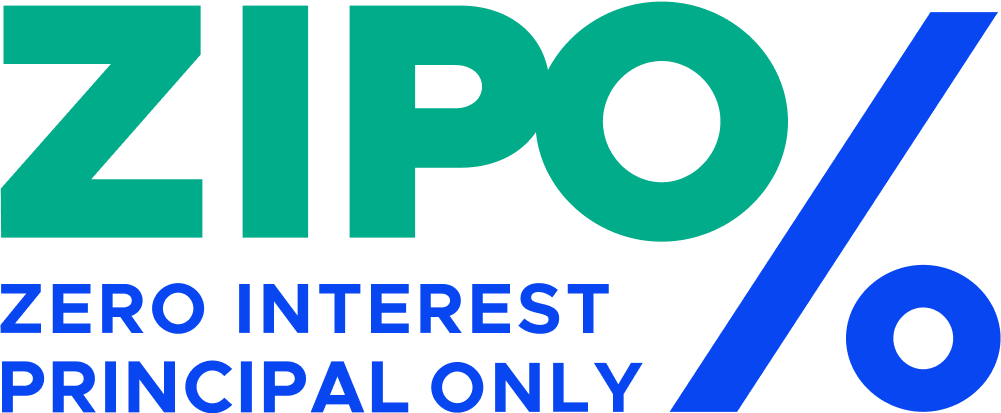NEWS
10 Student Loan Debt Statistics You Won’t Believe
Getting a college education no longer feels like an option in a work environment that increasingly demands degrees. Choosing to go to college gives people more career opportunities, and many people go back to school well into adulthood to be eligible for promotions or movements between industries.
Although most people are familiar with student loans, you might not be fully aware of how it affects our general population. These startling statistics show just how important it is for us to continue to work hard on ending the student loan crisis.
Student Loan Debt Is Rapidly Rising
The most recent statistics indicate that student loan debt is rising six times faster than the economy. The current total for student loan debt in the U.S. is $1.6 trillion. That breaks down to about $37,584 per borrower.
Debt Hits High Income Families Hard
People often think that loans are for low income students. Interestingly, 52% of bachelor degree holders with student loans are from families that make more than $75,000 a year.
There Is a Clear Generational Divide
Millennials get a bad rap when it comes to amassing debt, but that doesn’t apply to student loans. Generation X is the dubious winner of being the generation with the highest amount of student loan debt followed by Baby Boomers.
Retirees are Suffering
The average Baby Boomer owes approximately $34,703 in student debt. Whether they took out loans for themselves or their kids is irrelevant, since both choices cut into their retirement.
Black College Students Hold the Highest Borrowing Rate
College programs are frequently working to increase diversity on campus. While this is a good thing, the startling amount of students who need to take out loans reduces some of the benefits of a college education. Just the simple fact that African American students have an 84% borrowing rate compared to a 67% borrowing rate for white students opens up some serious questions about economic equality.
Gender Disparities Also Hold True
Women still get paid less in the workplace, and they are hit harder by student loan debt after college as well. Currently, female borrowers hold two-thirds of the nation’s total amount of debt. Considering many women are the primary earners for their household, owing high student balances puts them at a disadvantage for making financial progress.
Parents Are Frequently the Borrowers
The desire to see their kids succeed is so strong that parents will often do everything they can to secure their kid’s education. This includes borrowing money for tuition and fees. Parents are the sole borrowers for about 14% of all student loans issued by lenders. This not only puts parents on the hook for college costs during their primary spending years, but it could also impact their future as the interest rates increase.
Low Interest Rates Are Deceptive
After paying higher rates for credit cards, seeing the average 5.8% interest rate on a student loan might not seem so bad. But, this might look differently when you see how that turns into $9,600 in interest charges for a 10-year loan of $30,000.
Student Loans Pay for More Than Just Books
Getting a free ride to college is rare for most people. There are many students who must still grapple with the cost of living. Approximately 22% of all student borrowers end up taking out $30,000 worth of loans to cover their living expenses while they go to school.
Going Into Default is Sadly Common
People take out student loans with high hopes for their future. One of the saddest statistics you’ll find is that 20% of borrowers will eventually default on their loan. When you look at the fact that the average student loan payment is $393 a month, it is easy to see how any unexpected expenses or event could interfere with a graduate’s ability to make timely payments.
With the recent pandemic and changes in employment rates, we can only expect to see more startling statistics as people fall into further debt. If there was ever a time to take action, it is now. Politicians are aware of the growing problem and willing to listen. Let’s make this year the one when we can see surprising statistics of how people benefit from zero interest student loans.
